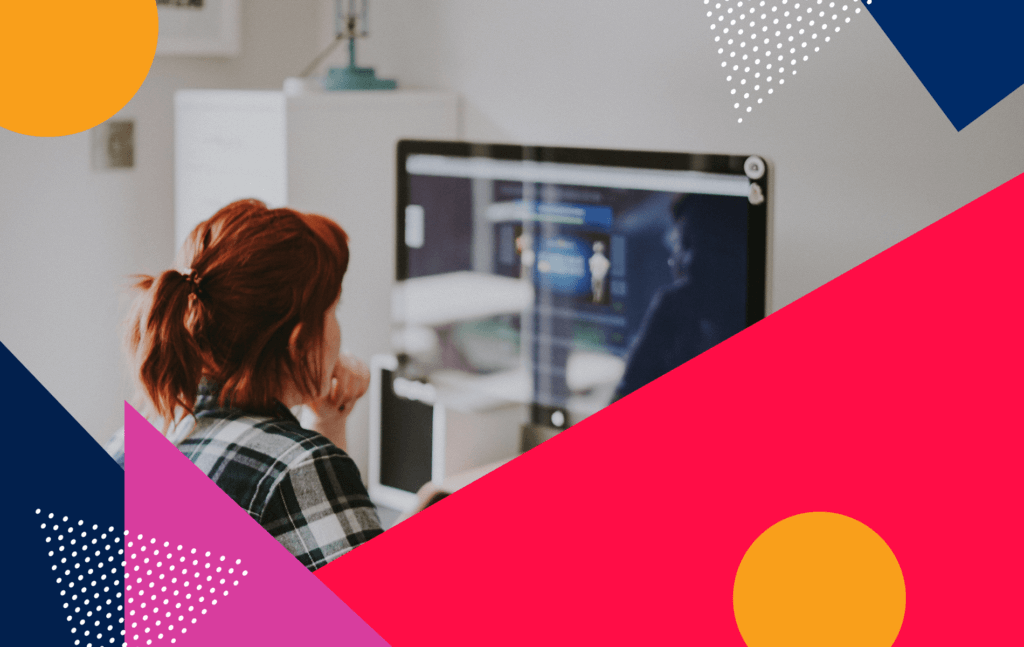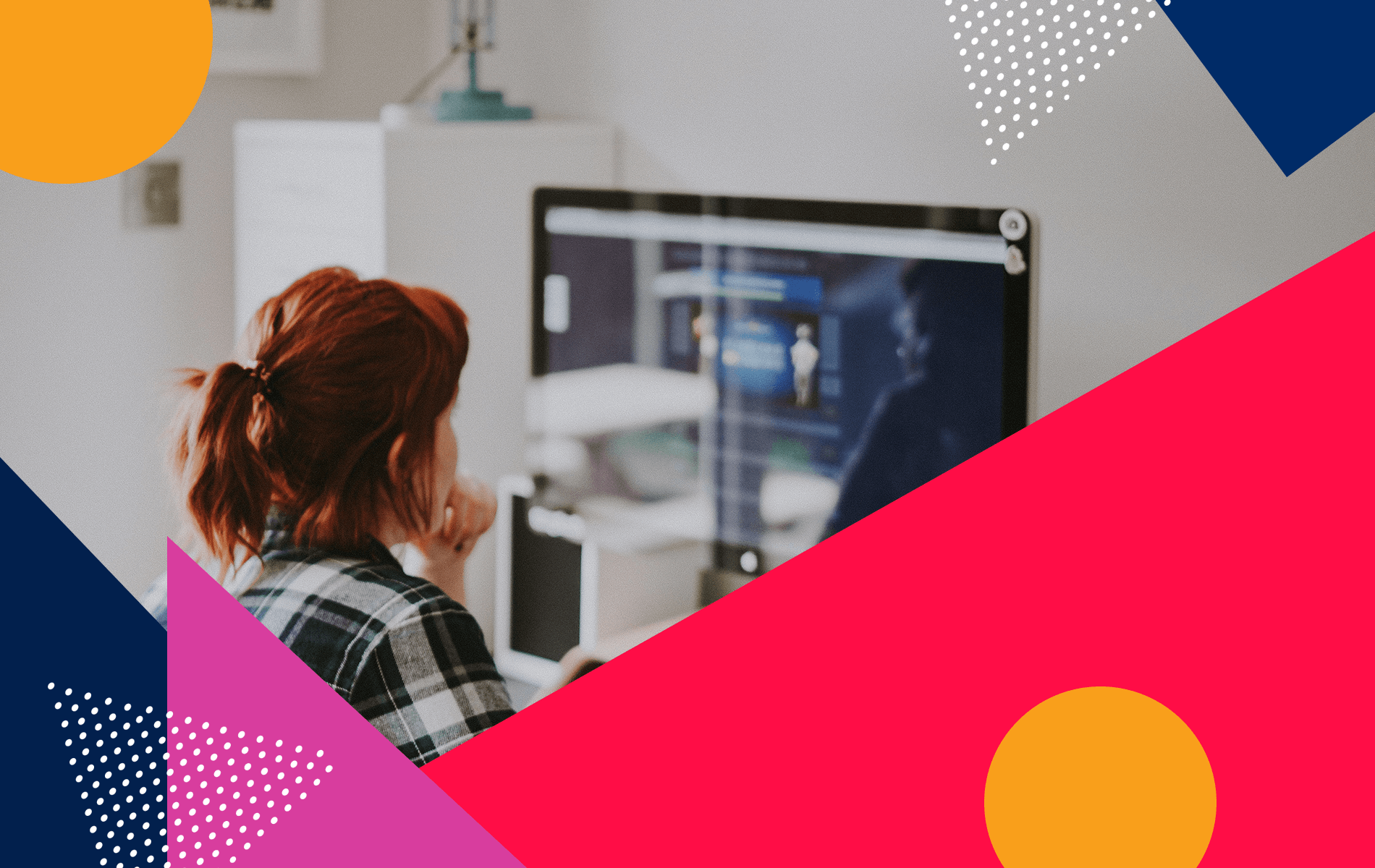Many companies have experienced a few months of remote work and are finally getting comfortable and settled in. However, it doesn’t mean that every team member is focusing on the tasks that matter most and effectively collaborating with their teams. When it comes to helping teams do their best work, there are a few ways tech can empower team members to become more productive despite sudden business disruptions.
Before the pandemic, Capacity was already helping companies streamline decentralized teams for improved collaboration. We believe these strategies showcase a few ways technology can improve the way teams work—even while working from home during a pandemic.
Centralizing information across the organization.
When it comes to locating information, many people rely on email, phone calls, tickets, and shoulder taps. However, with everyone working remotely, it can take a few extra steps to access information without necessary assistance from tech.
Though it might have seemed simple to walk up to a coworker’s desk to ask a question, it could become a regular distraction to yourself, your coworker, and those who sat around them. While coworkers are untapped central repositories for knowledge, it’s important to consider a modern approach to gathering and sharing the tacit knowledge that your subject matter experts possess. The same goes for searching through emails, intranets, and files for information.
Newell Brands.
Newell Brands has a team of more than 50,000 and the company is always growing. Simply walking over to a coworker to ask a question wouldn’t be as simple as it would be in an SMB. Newell uses Capacity to provide employees with instant access to a slew of information from day one on the job and beyond.
Capacity easily interfaces with Newell’s Microsoft Sharepoint. Benefits of connecting Capacity with MS Sharepoint include the ability to:
- Access all of the company’s knowledge with simple questions.
- Use natural language to interact with 50+ apps.
- Pull up any type of file from the cloud drive.
- Receive follow-up answers from the Capacity bot for any recently added knowledge.
- Quickly search coworkers’ availability and schedule meetings.
- Provide feedback in real-time to continuously improve Capacity’s machine learning.
This connection provides new employees with the ability to access information from the employee handbook, get familiar with the company logistics, find department-specific information, and more. If employees have a question, Capacity is always there to answer.

Supporting internal teams by assisting customers.
Customer support teams are often bogged down answering the same questions or searching for information to find an accurate answer. By using tech to automate low-level, time-consuming actions like replying to FAQs or searching for information, customer support teams could be empowered to answer more questions each day. According to [24]7, 28% of an agent’s time is spent searching for an accurate answer for a customer, and the right answer can only be found 20% of the time.
When it comes to the importance of supporting customers with answers, no other industry compares to healthcare. Though working remote isn’t an option for employees in this field, it doesn’t mean that remote employees can’t benefit from automating FAQs just like this urgent care facility.
Total Access Urgent Care (TAUC).
In the health sector, frequently asked questions revolve around insurance policies, medication recommendations, appointment scheduling, rescheduling, and so much more. Total Access Urgent Care noticed that its Reception and Support teams were overwhelmed, so TAUC made the forward-thinking decision to adopt the right technology to help ease their workload.
By adding Capacity’s AI-powered web concierge to the TAUC website, patients could ask their FAQs and get answers 24/7/365 without calling in or coming in. “With tools like Capacity, patients can quickly find information about healthcare options, insurance, and all the services we provide,” said TAUC Senior Operations Analyst, Sarah Minkler.
And Capacity’s positive impact hasn’t stopped at FAQs—it’s created a ripple effect that’s led to a better patient experience overall. “The chat feature has reduced the number of calls we get at the front desk, which really helps increase our check-in and checkout times,” said Sarah.
Automating processes with a digital assistant.
The repetitive work that employees do on a daily basis becomes even more tedious if you add in a remote environment. Sending emails, waiting on responses, and requesting updates can get drawn out if every step is manual. In addition to offering instant access to knowledge for teams and customers, Capacity is helpful when it comes to completing the repetitive tasks that slow teams down.
EXL.
When EXL started using Capacity, they wanted to evolve the technology into a virtual coworker that could perform independent activities without human intervention for its HR team. With more than 30,000 employees across 10+ countries, tasks revolving around benefits inquiries and onboarding can occur around-the-clock, seven days a week. To offset the high demand for help, Capacity operates as a digital assistant to automate some of the repetitive tasks that the HR team doesn’t have the time to focus on, including:
- Creating and prioritizing tickets in the HR ticketing system.
- Notifying EXL employees of ticket updates and/or resolution.
- Finding and delivering internal job postings for teammates interested in a new position.
Maryville University.
In the higher education realm, Capacity can also help automate tasks in an entirely different way. Long term, Maryville University plans to use Capacity to automate repetitive processes that consume a Student Advisor’s time, so they can focus on strategic projects and one-on-one meetings with students. For example, if a student needs to find a tutor for their Accounting course, they could interact with the Capacity bot, Max, to find out which tutors are available and set up an appointment without interacting with their Student Advisor.
The great thing about technology is that it can evolve and transcend its original purpose and fit current needs. This has also proved to be true as we’ve been able to solve similar use cases across very different industries. In the end, we all might be more alike than we think.








































